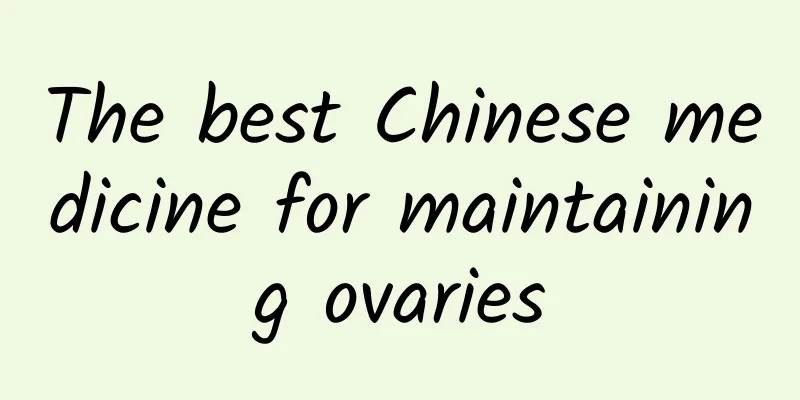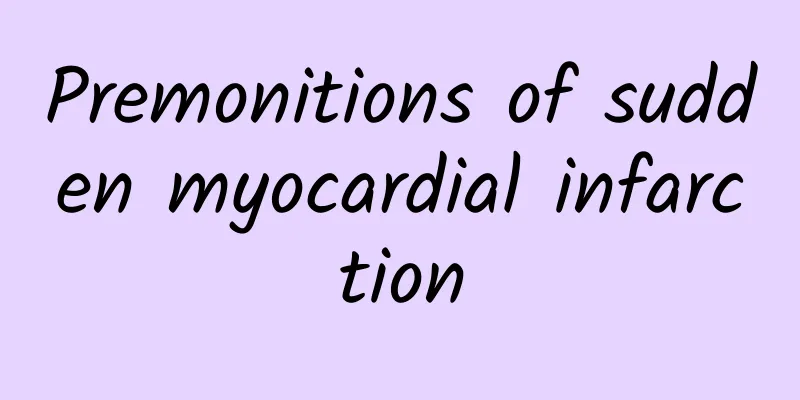What are the effects and functions of cinnamon twig

|
Cassia twig is also called Liugui. The effects of cassia twig are to dispel cold and relieve exterior symptoms, warm the meridians, promote yang and transform qi. Cassia twig has a good effect on alleviating other diseases such as yin deficiency, hyperactivity of fire or difficulty urinating. The following is a detailed introduction. Effects of cinnamon twig: Efficacy: Dispels cold and relieves exterior symptoms; warms and dredges meridians; promotes yang and transforms into qi. Indications: Wind-cold exterior syndrome; pain due to cold-dampness; cold limbs; amenorrhea and dysmenorrhea; masses and lumps in the chest; palpitations; phlegm and fluid; difficulty urinating. Cinnamon twig is pungent, sweet and warm in nature. It enters the lung, heart and bladder meridians. It is a commonly used warming medicine for treating internal cold. It has the effects of replenishing Yuan Yang, unblocking blood vessels, and warming the spleen and stomach. It is often used in combination with liver and kidney tonifying medicines and qi and blood tonifying medicines to treat kidney yang deficiency, decline of life gate fire, cold limbs and weak pulse. It is also used in combination with other warming medicines to treat abdominal cold pain, cold arthralgia and low back pain. It has obvious analgesic and anti-cancer and cancer prevention effects. Various existing wind-repellent oil medicines such as cooling oil and rheumatism oil all contain cinnamon oil ingredients. The main ingredient of "benzosulfate" which is used to treat leprosy is cinnamon oil. Other by-products of cinnamon such as cinnamon twigs, cinnamon seeds, cinnamon cloves, and cinnamon pots have different pharmacological effects and are widely used in traditional Chinese medicine. The role of cinnamon twig: Nature and flavor of cinnamon twig: pungent; sweet; warm in nature. It acts on the bladder meridian, heart meridian and lung meridian. Cinnamon twig can induce sweating and relieve muscles, warm the meridians and dredge blood vessels, assist yang and transform qi, dispel cold and relieve pain. It is used to treat wind-cold exterior syndrome; pain due to cold-dampness; cold limbs; amenorrhea and dysmenorrhea; masses and lumps; chest pain; palpitations; phlegm and fluid; and difficulty urinating. It is used for colds caused by wind and cold, cold pain in the abdomen, amenorrhea due to cold blood, joint pain, phlegm and fluid retention, edema, palpitations, and running piglet. 1. Cinnamon twig treats various pain symptoms caused by cold stagnation and blood stasis. Cinnamon twig is pungent, dispersing, warming and unblocking, and has the effects of warming the meridians, dispersing cold and relieving pain. If the chest yang is weak, the heart meridian is blocked, and there is chest pain and heart pain, cinnamon twig can warm and promote heart yang, and is often used together with Zhishi and Xiebai, such as Zhishi Xiebai Guizhi Decoction (Golden Chamber); if there is deficiency and cold in the middle burner, cold pain in the abdomen, cinnamon twig can warm the middle, dispel cold and relieve pain, and is often used together with white peony root, maltose, etc., such as Xiao Jianzhong Decoction (Golden Chamber); if women have cold stagnation and blood stasis, irregular menstruation, amenorrhea, dysmenorrhea, and postpartum abdominal pain, cinnamon twig can both warm and disperse the cold stagnation in the blood and promote blood circulation drugs to enhance the effect of removing blood stasis and relieving pain. It is often used together with Angelica and Evodia rutaecarpa, such as Wenjing Decoction (Golden Chamber); if there is wind-cold-dampness arthralgia, pain in the shoulders and arms, cinnamon twig can be used together with aconite to dispel wind and cold, relieve arthralgia and relieve pain, such as Guizhi Fuzi Decoction (Treatise on Febrile Diseases). 2. Cinnamon twig treats colds caused by wind and cold. Cinnamon twig is pungent, sweet and warm. It can promote Yang and support the Wei. Its ability to open the pores and induce sweating is milder than that of ephedra, and it is good at spreading Yang to the Wei and promoting the flow of blood to the skin. Therefore, it helps the Wei to strengthen the surface, induce sweating and relieve muscles, and dissipate wind and cold. It is suitable for treating exogenous wind-cold, regardless of whether the patient has a strong exterior and no sweat, a weak exterior and sweat, or yang deficiency and cold. If cinnamon twig is used to treat exogenous wind-cold and exterior-excess without sweating, it is often used together with ephedra to open up the lung qi and dissipate wind-cold, such as Mahuang Decoction (Treatise on Febrile Diseases); if it is exogenous wind-cold and exterior-deficiency with sweating, it should be used together with white peony root to harmonize the Ying and Wei, induce sweating and relieve muscles, such as Guizhi Decoction (Treatise on Febrile Diseases); if the patient has yang deficiency and exogenous wind-cold, it is often used in combination with ephedra, aconite and asarum to dissipate wind-cold and warm the yang qi. 3. Guizhi is used for symptoms of yang deficiency that cannot be warmed or circulated. This product can warm the meridians and promote Yang, treat weak chest Yang and blocked heart meridians. For chest numbness and heart pain, it is often used together with Zhishi and Xiebai, such as Zhishi Xiebai Guizhi Decoction. 4. Cinnamon twig is used to treat phlegm and water retention. This product is sweet and warm in nature. It can warm the spleen yang to help transport water, warm the kidney yang, expel cold evil to assist bladder gasification, and remove water, dampness, phlegm and fluid. It is a commonly used medicine for the treatment of phlegm and fluid diseases and water retention syndrome. For patients with dizziness, palpitations and cough caused by spleen yang failure and internal retention of water and phlegm, it is often used together with Poria and Atractylodes macrocephala, such as Ling Gui Zhu Gan Tang (Golden Chamber). If the bladder qi transformation is not good, causing edema and difficulty urinating, it is often used together with Poria, Polyporus umbellatus, Alisma orientalis, such as Wu Ling San (Treatise on Febrile Diseases). |
<<: What are the effects and functions of ramie root?
Recommend
Is breast milk poisonous when a pregnant woman is angry?
The mother's diet should be paid special atte...
What causes long-term toothache?
When you are in a good mood, you will have the en...
What are the characteristics of TCM health care concepts?
Health preservation is a very common thing nowada...
What to do with oily hair? This way of cleaning can help you get rid of grease
Oily hair is indeed annoying. If you want to alle...
What's wrong with the dryness and pain down there?
During sexual intercourse, many female friends wi...
The difference between realgar and sulfur can be distinguished from many aspects
Realgar and sulfur are two different medicinal ma...
Is pneumonia vaccine necessary?
The pneumonia vaccine is mainly a 23-valent pneum...
The role of Sanyinjiao acupoint
With the continuous improvement of modernization,...
Scar plastic surgery method
Scars are very common in our daily life. Accident...
What are you most afraid of after knee replacement?
The knee is an important part connecting the thig...
White scars after burns
No one wants to have scars on their skin, but too...
Naloxone hydrochloride sublingual tablets for hangover
Naloxone hydrochloride sublingual tablets are qui...
Symptoms of postoperative intestinal adhesions
Doesn’t postoperative intestinal adhesion sound s...
There are small bumps on the glans like prickly heat
Because the weather is very hot and the body swea...
Chlamydia pneumoniae infection
Chlamydia pneumoniae infection is mainly caused b...









